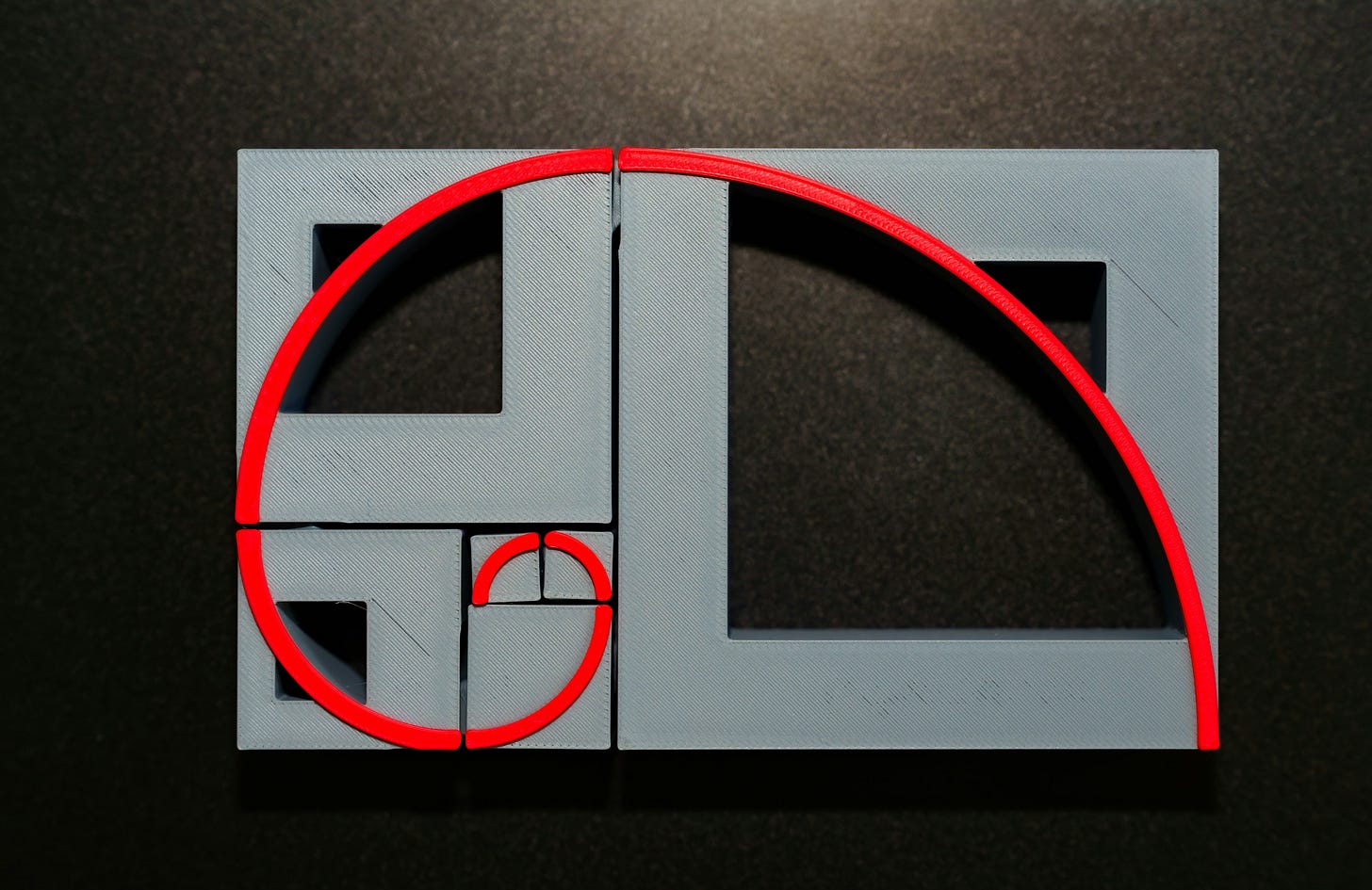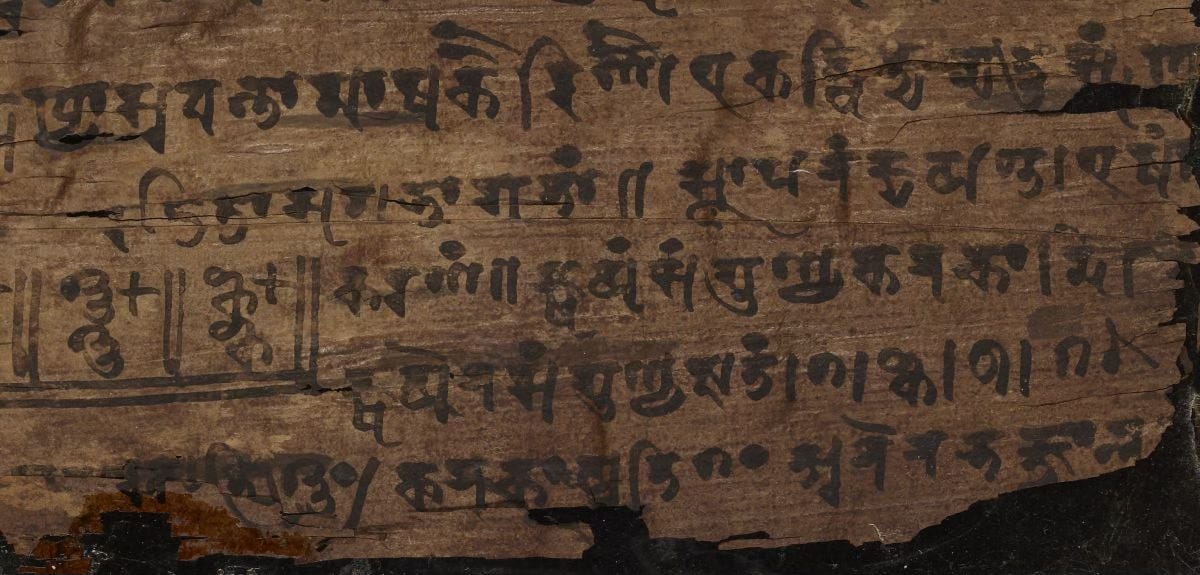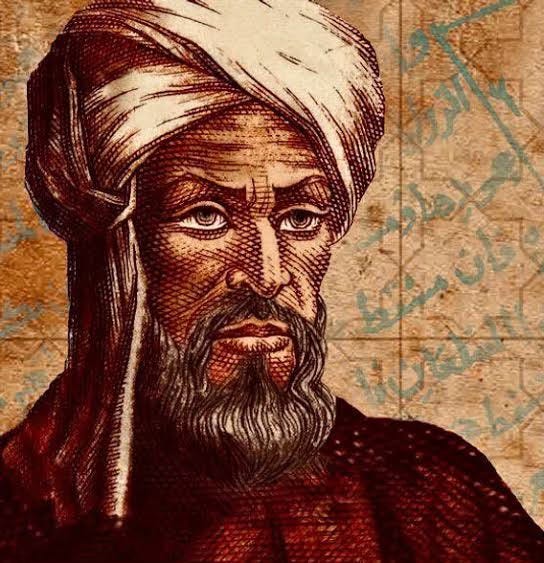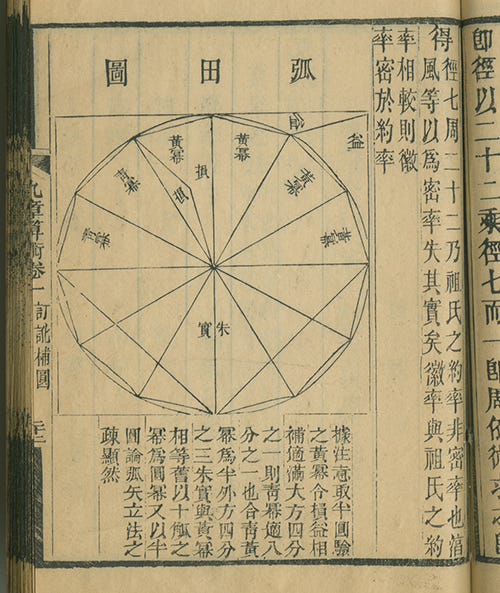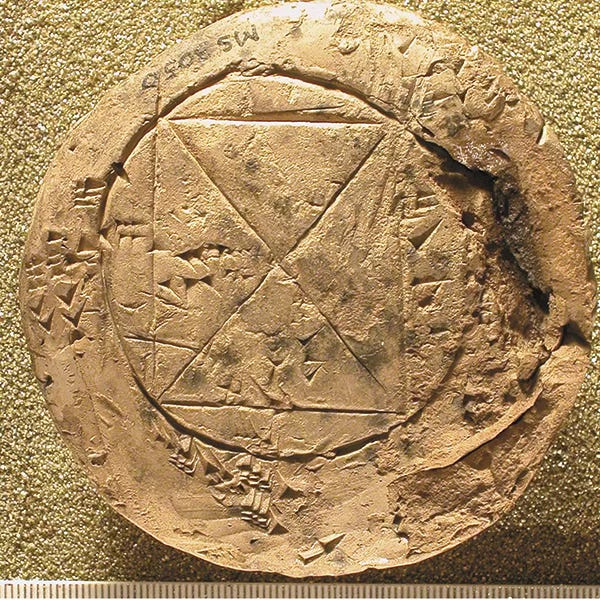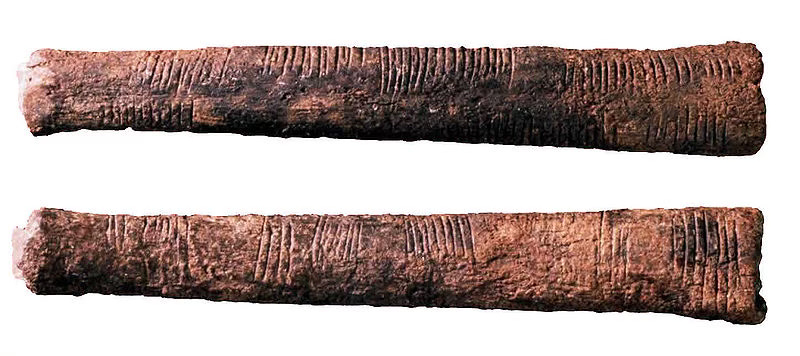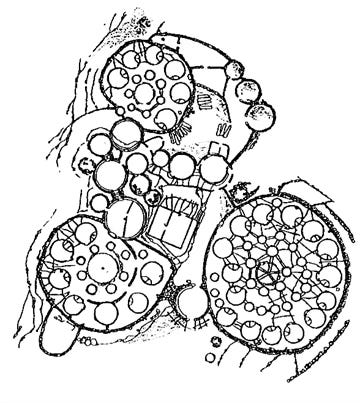Maths is seen as a subject in which decolonisation is impossible, because, as I have been told many times, Maths is just about teaching the maths. I totally agree that Maths requires knowledge about mathematical processes which have to be understood and applied. My response is always the same: no subject exists in a vacuum and Maths has a story. Denying our students access to this story narrows their understanding of its origins, development and variations across cultures. This potentially limits young people’s understanding of the importance of maths across the world - and how all cultures have contributed to and participated in the development of mathematical thought.
I understand that time is precious, and that ensuring young people achieve their Grade 5 or above is the gold standard - and that’s why spending any time on contextual information can feel like an unnecessary burden. I would argue that the role of the Maths teacher is to create mathematicians who not only understand processes and concepts, but who connect deeply with the subject, who love knowing all about it.
So, what could we do?
Let’s start with the origins of mathematical thinking and knowledge. Maths didn’t spring from the ancient Greeks - a misconception at best. When teaching about place value, we could look at the Indian origins of zero (a concept I often talk about in my training on diversity in the curriculum). Ask your young mathematicians: what did we do before zero? Why is it so important? Does every culture have a zero? Among the first towering significant figures of mathematical thinking is Brahmaguptra (c. 628 CE), who identified zero as a number, where once it had been a dot on the early-Sanskrit Bakhshali manuscript in the 3rd/4th centuries.
Parchment with early zero notation
The rich contribution of the Middle East is often overlooked in mathematics, even though concepts such as algebra are firmly within its heritage. In Baghdad around 825 CE, al‑Khwarizmi wrote Al‑Kitāb al‑mukhtaṣar fī ḥisāb al‑jabr wa’l‑muqābala, giving systematic rules (an “al-jabr”, hence “algebra”) for solving linear and quadratic equations. He introduced the Hindu‑Arabic numerals and used zero and decimal fractions. His methodical step‑by‑step procedures (“algorism”) led to the word algorithm. Can we teach algebra without mentioning how it came about? Or who developed the thinking around it? My favourite fact about algebra is its etymology. “Al-jabr” had its origins in surgery, meaning to set a broken bone. It makes perfect sense that it migrated to mathematical resolution or restoring of equations.
Portrait of Al-Khwarizmi
We can consider the story of negative numbers too. In 1st century BCE China, the Nine Chapters on the Mathematical Art explains how to solve systems of linear equations using counting rods on a counting board, an early form of matrix reduction. The text freely uses negative numbers and provides rules for computing with them long before negative numbers were accepted in Europe. Chinese thinking and development of mathematics is forgotten - and indeed, ‘rediscovered’ later, such in the case of Pascal’s triangle.
Page from Nine Chapters
Questions about time and measurement might come up in teaching maths. Why do we have 60 seconds in a minute? Why do we have 360 degrees in a circle? Answering these questions could lead teachers to explain that the Babylonians were instrumental in developing mathematical systems. Babylonian scribes, in the 2nd millennium BCE, used a positional base‑60 system with only two basic symbols. Later scribes invented a sign to indicate an empty place, effectively a placeholder, to avoid ambiguity in positional notation. For the layperson, it was their use of place value and fractions that enabled advanced astronomy and geometry.
Babylonian mathematical artefact
What about African contributions to the subject? Northern hemisphere mathematical knowledge dominates so far, but that doesn't mean that sub-Saharan Africa was not developing mathematical thinking. I’m fascinated by the Ishango Bone, found near Lake Edward, which contains groups of notches summing to 60 and a column listing prime numbers between 10 and 20. Another column shows duplications (doubling) akin to later Egyptian multiplication. Apparently, this prehistoric artefact suggests early awareness of prime numbers and multiplication. Race science would have us believe that Africans were not capable of rational, sophisticated mathematical thought. This knowledge shows young people the opposite is true.
The Ishango Bone
Furthermore, when teaching about fractals, teachers could reference ethnographic studies that reveal that many African cultures employ fractal patterns in village layouts, weaving, art and games. These designs use self‑similar repetition at different scales and arise from recursive rules. For example, settlement plans and hair braiding patterns in West Africa show geometric scaling and recursion. These traditions illustrate sophisticated mathematical thinking well before modern fractal theory. It is wonderful and awesome in so many ways.
African village employing fractal layout
When I learned maths at school, I knew a handful of European names and almost nothing about the mathematical historical narrative. In short, maths was something that white Europeans did. Now, researching and learning about how people across the globe came to measure their world mathematically, I am astounded by just how beautiful the human mind is - and how cultures, in theory so totally separate, came to their own methods of harnessing maths.
If you are as interested as I am in this topic, you should have a look at the following resources.
The Crest of the Peacock: Non-European Roots of Mathematics
Author: George Gheverghese Joseph
Traces mathematical developments in Africa, India, China, and the Islamic world. Offers a powerful counter-narrative to the idea that maths is primarily a Western invention.
A Passage to Infinity: Medieval Indian Mathematics from Kerala and Its Impact
Author: George Gheverghese Joseph
Focuses intensively on the Kerala School’s mathematics—power series, trigonometry, and early proto‑calculus—and examines whether this knowledge reached Europe later on. A rich companion piece to Crest of the Peacock
Mathematics Across Cultures: The History of Non-Western Mathematics
Author: Ubiratan D’Ambrosio
A foundational ethnomathematics text documenting mathematical practices from many Indigenous and cultural traditions worldwide.
Africa Counts: Number and Pattern in African Cultures
Author: Claudia Zaslavsky
An influential classic exploring counting, geometry, games, and patterns specific to numerous African societies - celebrated for foregrounding understudied mathematical systems
The Universal History of Numbers
Author: Georges Ifrah
A detailed, richly illustrated global narrative on the development of numbers and numeral systems - spanning from ancient Mesopotamia, China, India, to Americas and Africa - and ideal for broadening the “roots” perspective.
Mathematics in India: 200 BC–AD 1900
Author: Kim Plofker
A scholarly survey focusing on the Indian mathematical tradition in depth—covering place-value systems, astronomy, and Kerala school results. Offers rigorous historical context
Indigenous STEM Education: A Global Perspective
Editors: Pauline W. U. Chinn, Erica Smithwick, Kawika Allen
Focus: Highlights Indigenous approaches to science, technology, engineering, and mathematics education around the world.


